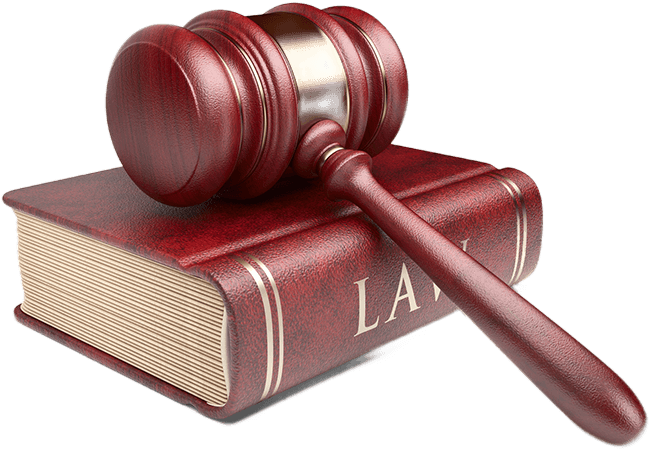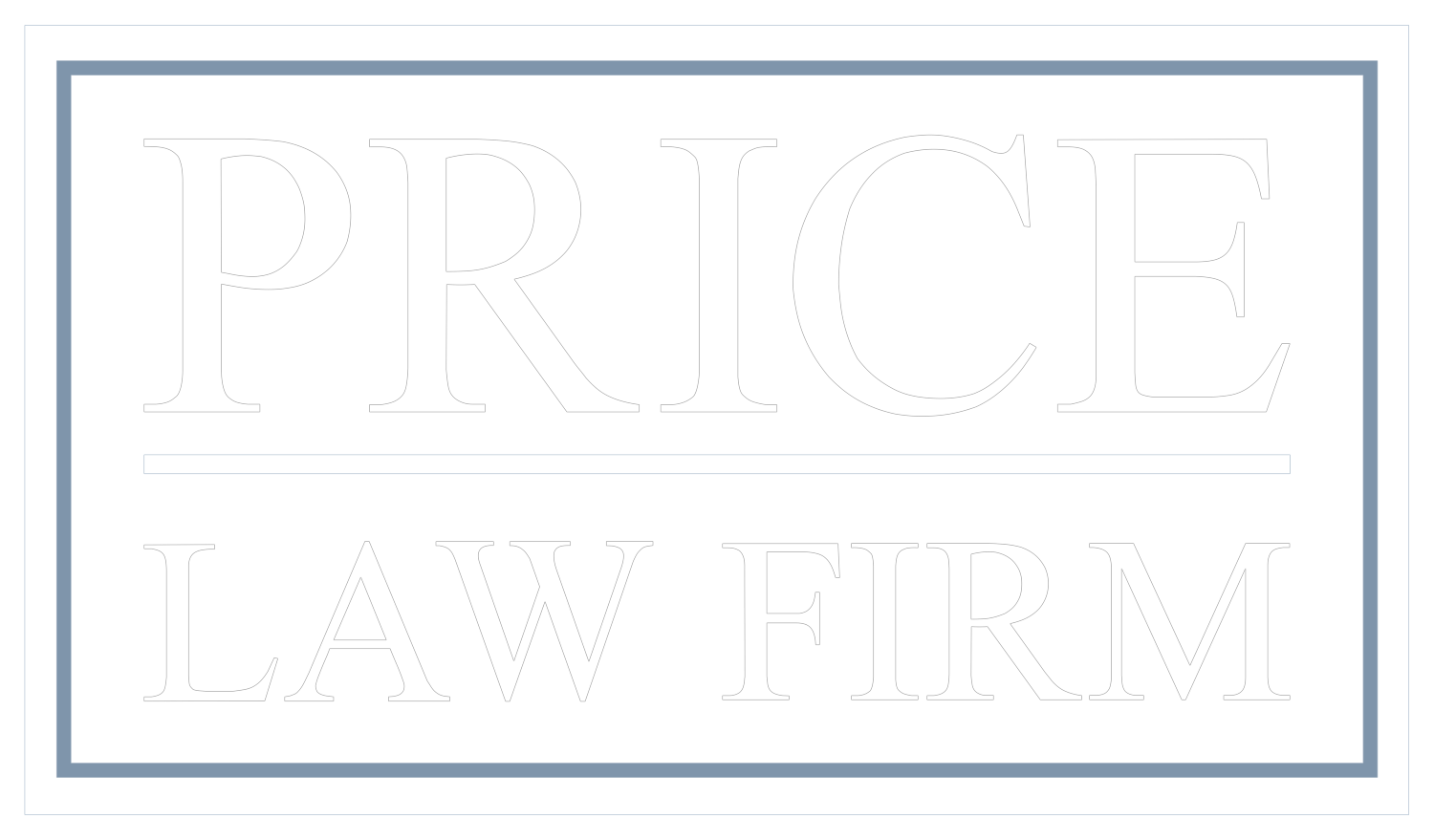
Loft Tenant Absolved of her Rental Obligation for the Last 9 Years - and for Years to Come
I am originally from New York but attended college at beautiful Purdue University in West Lafayette, Indiana. When I try to explain to my friends from Indiana what I do for a living there is usually a disconnect - they simply cannot understand why the landlord-tenant relationship is so complicated in New York. If the tenant in Indiana is a few days late paying the rent - well - you just call the sheriff. According to a recent decision of New York's highest court if the tenant has paid the rent for the last 9 years - well - the tenant doesn't have to pay it.This post will discuss the case of Chazon, LLC v. Maugenest, 2012 NY Slip Op 04373 (NY Court of Appeals, June 7, 2012). The decision discusses the history of the New York Loft Law and the remarkably poor policy resulting from that law.Decades ago many landlords owned buildings that had been factories, storage facilities, and other similar commercial establishments. Holding what was then vacant commercial space that could not be rented the landlords made a deal with the devil - a deal they could not have known would be so poor for them at the time. The landlords often rented the vacant commercial space to individuals who would use the commercial space to both live in and to work in. These tenants were usually artists and the tenants would alter the commercial space to permit comfortable residential use. This would include installing bathrooms, kitchens and other characteristics of residential apartments. The use of these commercial premises for residential use was illegal. The use would violate the certificate of occupancy and the local zoning law and both landlord and tenant knew that the space was being illegally used.A point in time came when the landlords of many of these commercial buildings decided to recover possession of the space being illegally occupied by these tenants. The result wasthe enactment of the Loft Law (Multiple Dwelling Law Article 7-C). The purpose of the Loft Law was as follows: the Legislature did not want these commercial tenants to be evicted from their loft units and so the Legislature created an arduous process that required landlords to perform massive renovations to their commercial buildings to make the buildings suitable for residential use. Once the buildings met the government's checklist for what would be a proper multiple dwelling then the Loft Board would set the rents for the tenants illegally occupying what had been commercial space at a below market rate - and just to sweeten the deal for the tenants a bit more - those tenants illegally occupying the space would be rent stabilized tenants.The landlords were horribly impacted by this law. Landlords were required to spend in many cases several hundred thousand dollars (and more) to legalize their buildings all so that a tenant illegally living in commercial space could have what was now a desirable apartment at an apartment well below market rent. For many landlords they simply could not afford to make the renovations. For others the cost of making the renovations did not make sense when compared to the negligible return that might be earned from the now rent stabilized tenant.Recognizing that the landlords would be confronted with this horrible choice the Legislature wrote into the law the requirement that the landlords perform the renovations and do so within a time frame set by the law or lose any ability to collect rent from the tenants occupying buildings in which the renovations had not been made.In 1983 there were 914 buildings under the New York City Loft Board's jurisdiction. 304 buildings remain under its jurisdiction because the landlords have not made the required renovations. Pursuant to the plain language of the statute the tenants in these buildings are not required to pay rent unless and until the landlord does what is necessary to legalize its building. All over the City there are loft tenants who have not paid rent for thousands of square feet of living space in areas now considered amongst the most desirable in the City to occupy.There are a handful of decisions that came down over the years in which judges commented on the unfairness of a law that permitted tenants to occupy space for years without paying the landlord. In some cases these decisions even provided landlords with a remedy. However, the Court of Appeals has put a stop to that.In Chazon the landlord was required to legalize an interim multiple dwelling. It did not do so. It could not provide a reasonable excuse for not having done so and the Loft Board denied its request for an extension of time. One of the landlord's tenants had not paid rent in 9 years and the landlord commenced an eviction proceeding. The trial court and the Appellate Division held that the eviction proceeding was proper. The Court of Appeals reversed.The Court of Appeals held that because the plain language of the statute [Multiple Dwelling Law 302(1)(b)] prohibits an action to recover possession over the non-payment of rent that such an action cannot be started. The tenant in Chazon has not paid rent in 9 years and until the landlord gets around to legalizing the space the tenant occupies, no rent will be collected. My friends in Indiana are welcome to call with any questions about the subject matter.
Don’t leave your legal matters to chance. SCHEDULE A CONSULTATION OR CALL US AT (212) 675-1125 for a personalized consultation and let our experts guide you through every step of the process.
Joshua Clinton Price
Founder of The Price Law Firm LLC
Josh Price is a lawyer who is sought by clients with complicated cases because of his extensive knowledge of the law and his ability to help the law evolve.
Search an article
Contact Us for a
FREE Consultation
Blog (Website Form)

Facing a real estate issue?
Contact us to schedule a consultation and get expert legal advice tailored to your specific needs and circumstances.
OR CALL US NOW AT:
SHARE THIS ARTICLE:
Recent Posts
Get Expert Legal Advice









